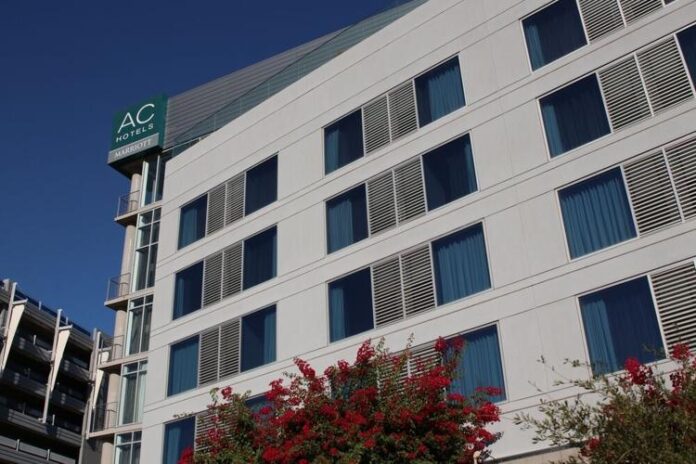Supporters of a proposed new $2.1 billion Arizona Coyotes arena and entertainment district project in Tempe have touted the economic impacts they believe will occur if the project is realized.
But Frank Stephenson, an economist who has studied the impacts of large events on hotel revenue, thinks that the presumptions made in pro-arena analysis have been incorrect.
A report from Convention, Sports and Leisure – owned by Dallas Cowboys and New York Yankees venture Legends Hospitality Management – estimated that the project would lead to $101.9 million in hotel tax increase over 30 years with $11.3 million from the arena and $90.7 million from the entertainment district, which is planned to include a 200-room boutique hotel in its first phase and a 300-room conference hotel in its second phase.
Tempe taxpayers will have the opportunity to vote on the arena and entertainment district deal in a May 16 voter referendum.
A Hunden Strategic Partners report paid for by Tempe estimated $50.3 billion in hotel taxes would be collected over 30 years on the site by Tempe, with $12.6 million kept by the city and $37.7 million going to a tax capture to repay project bonds.
Hunden also estimated the project overall would lead to $796.5 million in net new hotel spending in Tempe over 30 years.
Stephenson, however, looked at hotel data from the five miles around the Coyote’s former arena in Glendale and found that there were 86 additional hotel room rentals from each game, an increase of $10,818 of hotel revenue and a “negligible ($1.05) and statistically insignificant increase in room rates.”
Stephenson looked at data from July 1, 2010, to June 30, 2018.
He then looked at a ring from five to 15 miles around the arena and found no impact from games with the room rates and hotel revenue lower than normal surrounding games.
“Even if one assumed the statistically insignificant effect in the 5-15 mile donut is real, we’d be talking about 200 additional hotel room rentals per hockey game and $11,000 of additional revenue,” Stephenson told The Center Square. “… With hockey games making up a considerable share of events at the proposed arena, my results call into question the overall effects associated with the facility.
“Having done several similar analyses, it’s not surprising that economic impact reports rely on unrealistically large assumptions. It’s pretty much par for the course…”
Stephenson is an Economics Professor and Chair of the Department of Accounting, Economics, and Finance at Berry College in Georgia.
An independent report from the Grand Canyon Institute released this week, meanwhile, was skeptical that the second hotel would be built as part of the project. It noted that there are 13,000 hotel rooms within a five-mile radius of the arena project already.
The GCI report cited a study that focused on retail and hotel promises related to Barclays Center in Brooklyn that showed how projects overpromise results.
“In this case, five years after the Barclays Center opened the hotel had not materialized, and very little of the retail, office and residential space had been developed, meaning any overall economic impact analysis would have vastly overstated actual returns,” according to Geoffrey Propheter’s analysis.
Republished with the permission of The Center Square.














